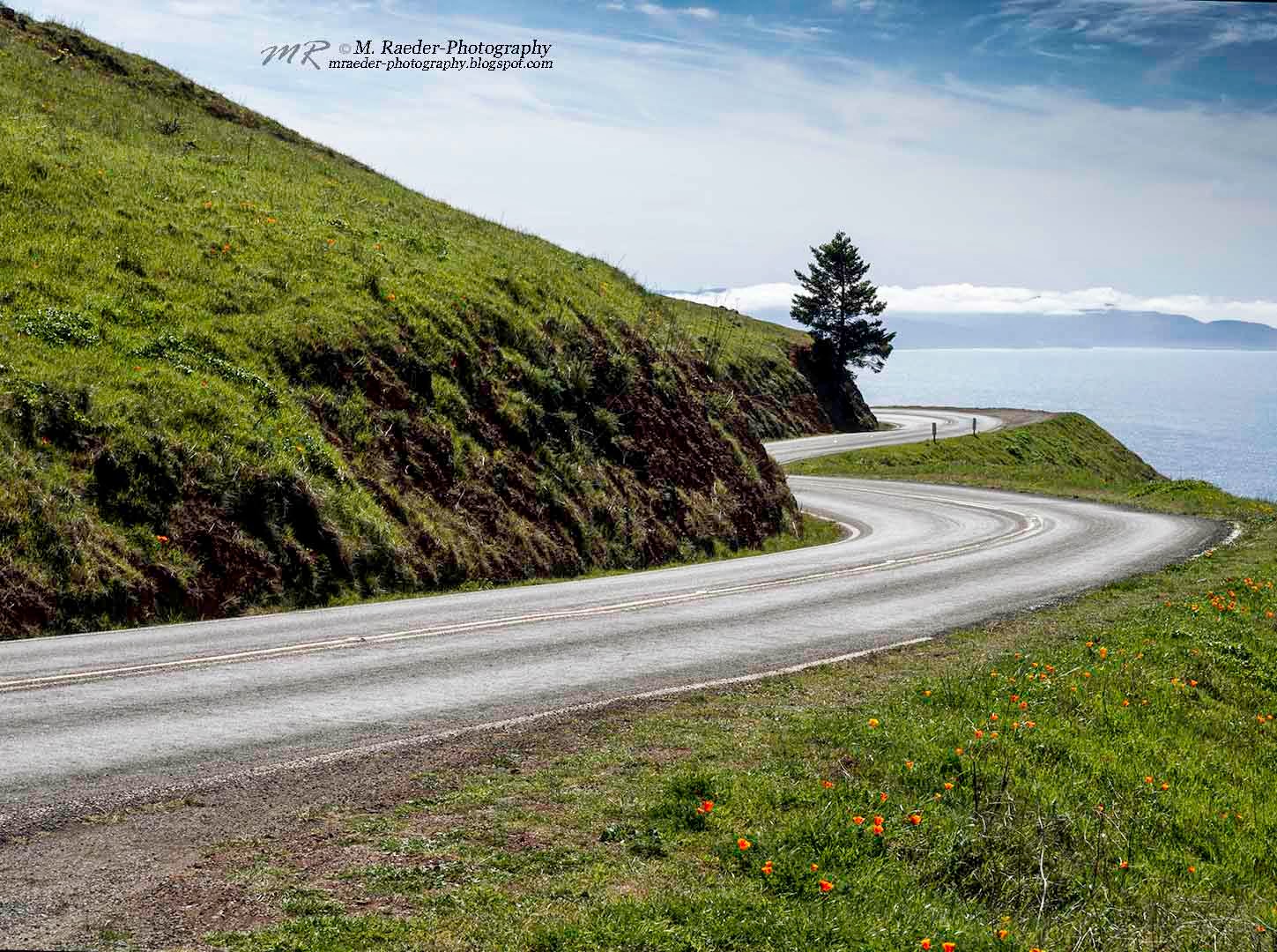Searching for Spring Wildflowers
The weather has been unusually warm and everywhere the
flowers are sprouting. The roses in
front of my home were starting to bloom at least 3 weeks earlier than usual. Although officially, Spring is only starting
March 21, here California it definitely looks and smells like Spring. The daffodils are long gone even in the
higher elevations. The Daffodil Hills
Ranch in the Foothill of the Sierra closed their doors this week but 2 weeks
ago it was in full bloom and a delight to see. It was quite crowded the afternoon I visited and seeing the profusion of yellow and white was for sure delightful.
McLaughlin Ranch, an old working ranch
Closer to my Palo Alto home, Gamble Gardens and Filoli Gardens are a-wash in tulip
blooms – a colorful palette of reds, pinks and white and all colors in
between.
An inviting place to sit and contemplate.
With the weather almost like feeling like summer, I continued searching for poppies and wild irises spending a day
on the coast around Mount Tamalpais and Point Reyes and was rewarded to find the wild iris
in full bloom. The coastal hills were
lush green with the occasional poppy [probably in full bloom in a week or so] but lots of yellow mustard along the road.
Pierce Ranch
Heart's Beach
I ended up photographing the abandoned boat on Tomales
Bay and stayed into the late evening/night capturing the north star above the
boat. There I met Lauren, a young
photographer who wanted to try her hand with astro-landscape photography and star trails. It is always nice to share the night and have
the time go by faster than being alone.
Lauren, this image is for you! I
hope you got something good out of your efforts to capture the beautiful
scenery!
... and a beautiful night it was!
For those of you who are still living with snow and cold, don't despair - Spring will come to your area soon.
Til next time,
Meggi
[Technical Note:
all images except for the night image were taken with the Olympus OM-D E-M10,
a mirroless micro 4/3 that I am evaluating with pleasing results.]
All images: Copyright M. Raeder-Photography





























